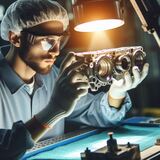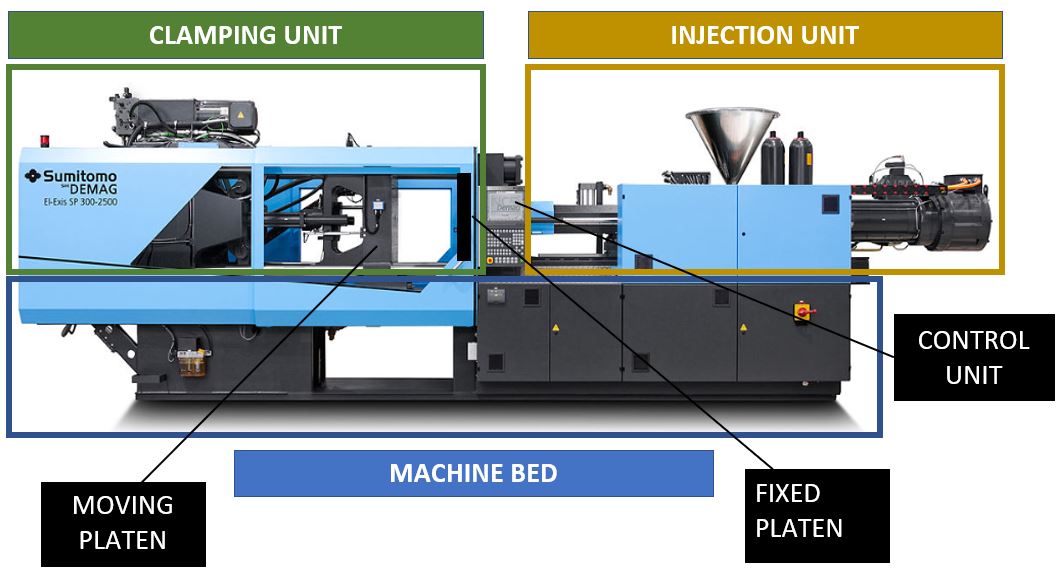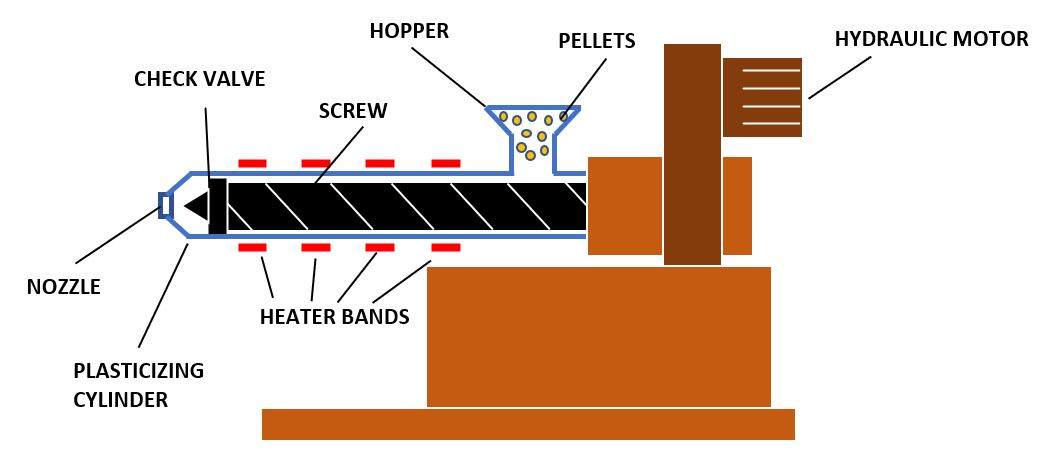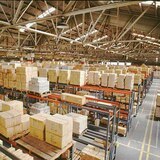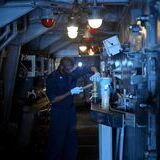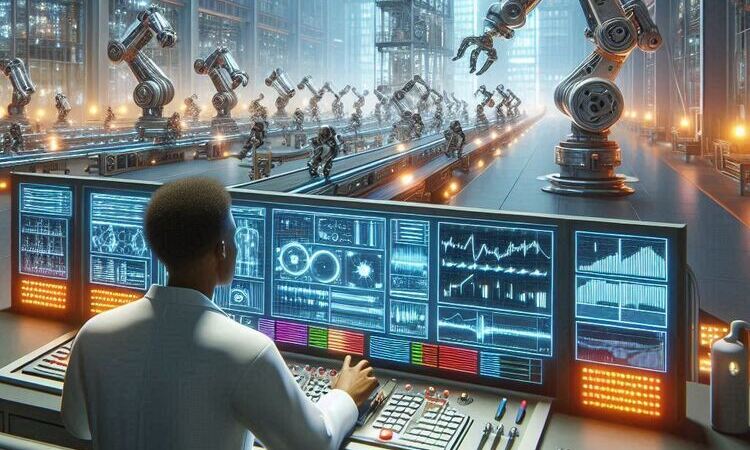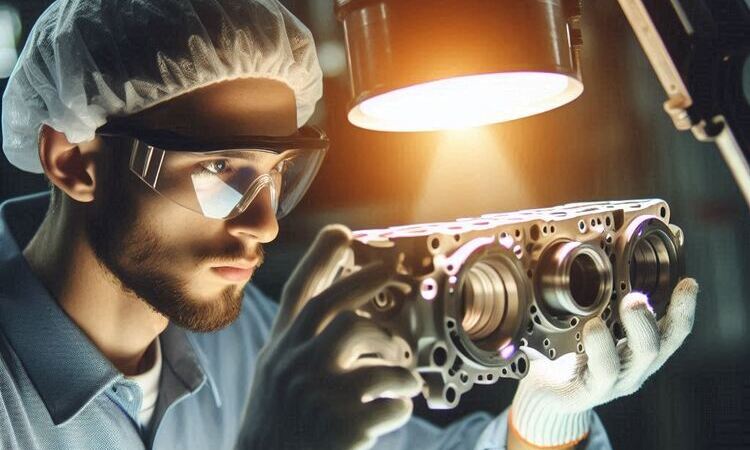Plastic Injection Molding - The Injection Molding Machine
In this post we are going to talk in general about the structure of an injection molding machine. These machines always have three distinct parts: the bed, the injection unit and the clamping unit. These last two are usually separated by the machine control unit.
We will now explain each of these elements in a little more detail.
The bed of the injection molding machine
The clamping unit and the injection unit will be placed on the machine bed, and they will have a sliding movement on it.
Only one element will remain fixed, and that is the fixed mold cavity clamping plate, which is directly bolted to the bed.
The bed is normally supported on silencers that will prevent all vibrations of the injection cycle from being transmitted to the floor.
The Injection Unit
The injection unit, also called plasticizing unit, is usually located to the right of the fixed platen.
Its function is to introduce the molten polymer into the flow channels of the mold. The volume of material to be introduced will correspond to the volume of the mold cavity.
The main parts of the injection unit are as follows:
Plasticizing Cylinder
The plasticizing cylinder contains the screw and must be able to withstand pressures up to 2500 bar, so it must be designed with this in mind. It will normally be made of high grade steel, due to its hardness and resistance characteristics.
There are two elements that form part of the plasticizing cylinder:
- The hopper, which is connected to the cylinder through the feed throat. In this area, the pellets (thermoplastic raw material) are placed, which will fall into the feeding area of the screw by the effect of gravity.
- The heating elements, located along the screw, are normally electrical resistances that provide heat to the different parts of the cylinder and have their temperature controlled through thermocouples. It is important to mention that it only helps to melt the material, since the major contributor will be the shear effect of the screw.
Screw
The screw is a shaft with a helix of the type of a worm screw that has the function of feeding and plasticizing the material.
As the screw rotates, the material advances from the hopper area and reaches the plasticizing area where the screw changes shape to cause the material to plasticize by a shear effect due to a reduction of the gap between the screw and the plasticizing cylinder.
The screw tip and the check valve
The nozzle
Mixing devices and filters
The Clamping Unit
- The Fixing Plates
- The Back Plate
- The Columns
- Closing and opening devices
- Auxiliary devices
- Ejection
- Safety systems


